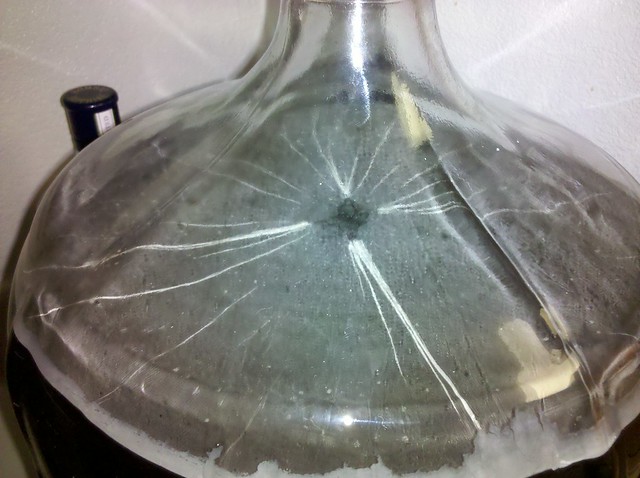ledzeppelin295
Member
Hey everybody. I've got another "is it ruined?" question. I'm a newbie, my first batch is in my secondary fermentor right now, so I really don't know what I'm doing.
So here's the story: I got a Munich Helles lager kit, brewed it up, put it in my primary fermenter. I don't have the capabilities to lager my beer, but the kit told me I could rack the beer into a secondary fermenter for two weeks and ferment the beer as an ale. So, I did so, and my concern is twofold.
One, there seems to be a film of white stuff floating around on top, a decent amount of it (sorry, no picture capabilities...). I searched around some threads about floaties and it looked like people were saying floaties are often yeast. But two, my beer is also very dark. The kit says the lager should be pale gold, and mine is currently...not pale gold. Not quite Guinness colored, but pretty dark brown. Could this be caused by brewing the beer as an ale? Or did I screw something up? I'm not positive my sanitation techniques are the best because I'm a first-timer. Anyway, just doing the typical freak-out, I guess. I'll bottle this weekend regardless, but trying to put myself at ease. Thanks in advance for any responses.
And have a homebrew.
So here's the story: I got a Munich Helles lager kit, brewed it up, put it in my primary fermenter. I don't have the capabilities to lager my beer, but the kit told me I could rack the beer into a secondary fermenter for two weeks and ferment the beer as an ale. So, I did so, and my concern is twofold.
One, there seems to be a film of white stuff floating around on top, a decent amount of it (sorry, no picture capabilities...). I searched around some threads about floaties and it looked like people were saying floaties are often yeast. But two, my beer is also very dark. The kit says the lager should be pale gold, and mine is currently...not pale gold. Not quite Guinness colored, but pretty dark brown. Could this be caused by brewing the beer as an ale? Or did I screw something up? I'm not positive my sanitation techniques are the best because I'm a first-timer. Anyway, just doing the typical freak-out, I guess. I'll bottle this weekend regardless, but trying to put myself at ease. Thanks in advance for any responses.
And have a homebrew.



